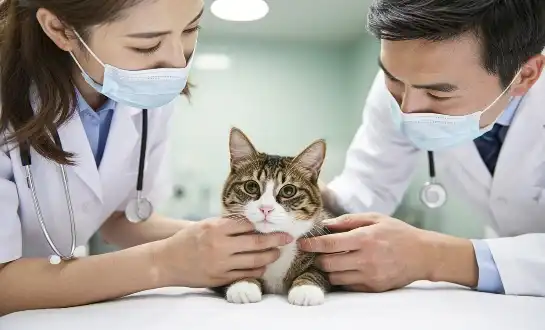How to Handle FIP Cases in Shelters: Best Practices
Developing Isolation Protocols for Suspected Cases
Animal shelters often encounter the difficult condition of Feline Infectious Peritonitis (FIP). Isolation methods, staff training, and treatment alternatives, such as fipv treatment, which has shown encouraging results in improving recovery prospects for afflicted cats, are some of the best practices for handling FIP patients in shelter situations.
Our products



Developing Isolation Protocols for Suspected Cases
When dealing with potential FIP cases in shelters, implementing robust isolation protocols is crucial to prevent the spread of the virus and protect other cats.

Immediate Segregation
Upon suspicion of an FIP case, it is critical to promptly move the affected cat to a designated isolation area. This space should be physically separated from the main population and include secure entry points to restrict unauthorized access. Isolation areas must be clearly labeled to avoid accidental exposure, and staff should be trained on handling protocols. Immediate segregation limits contact between infected and healthy cats, reducing the risk of viral transmission. Maintaining a calm, stress-free environment within the isolation area also supports the affected cat's recovery, particularly if fipv treatment is being administered, as stress can influence immune response and treatment efficacy.
Personal Protective Equipment (PPE)
Staff interacting with cats suspected of having FIP must use appropriate personal protective equipment to reduce the risk of spreading the virus. Essential PPE includes disposable gowns, gloves, and shoe covers, all of which should be replaced between handling different cats. This prevents cross-contamination and protects both staff and other animals in the shelter. Training staff in proper donning, removal, and disposal techniques is vital to ensure effectiveness. In addition, PPE protocols should include handwashing and surface sanitization before and after interacting with isolated cats. Careful adherence to PPE procedures is particularly important for cats receiving fipv treatment, as it helps maintain a clean, safe environment and optimizes treatment outcomes.


Dedicated Tools and Equipment
Assigning specific tools, litter boxes, feeding bowls, and other equipment exclusively for the isolation area is essential to support cats undergoing fipv treatment. These items must not be shared with the general population of cats to prevent viral transmission. Regular cleaning and disinfection of all dedicated tools are critical, using veterinary-approved disinfectants effective against coronaviruses. Clearly labeling or color-coding equipment can help staff avoid accidental use for other cats. Maintaining dedicated supplies ensures that infected cats receive proper care while reducing stress, which is especially important during fipv treatment, as a stable and sanitary environment enhances recovery and supports the effectiveness of administered therapies.
Staff Training: Recognizing Early Signs
Proper staff training is essential for early detection and management of FIP cases in shelter environments.
Clinical Signs to Watch For
Train staff to recognize common symptoms of FIP, such as:
- Persistent fever
- Weight loss
- Lethargy
- Abdominal distension (in wet form FIP)
- Neurological symptoms (in neurological FIP)
Regular Health Checks
Implement a system of regular health checks for all cats in the shelter. This can help identify potential FIP cases early, improving the chances of successful management.
Documentation and Reporting
Establish a clear protocol for documenting and reporting suspected FIP cases, including detailed records of any fipv treatment administered. This can help track the progression of the disease, monitor treatment efficacy, and inform decision-making processes within the shelter.
|
|
|
Is GS-441524 a Viable Treatment Option in Shelter Environments?
Recent developments in FIP treatment have brought attention to GS-441524, a nucleoside analog that has shown promise in treating FIP.
Understanding GS-441524
GS-441524 is an antiviral compound that has demonstrated efficacy in treating FIP in clinical studies. It works by inhibiting viral replication, potentially allowing the cat's immune system to combat the infection more effectively.
Considerations for Shelter Use
While GS-441524 has shown promising results, its use in shelter environments presents several challenges:
- Cost: The treatment regimen can be expensive, which may be prohibitive for many shelters with limited budgets.
- Duration: Treatment typically lasts 12 weeks or more, which can be logistically challenging in a shelter setting.
- Legal Status: The regulatory status of GS-441524 varies by region, and it may not be legally available in all areas.
- Monitoring: The treatment requires careful monitoring and potential dose adjustments, which may be difficult in a busy shelter environment.
Alternative Approaches
Given the challenges associated with GS-441524 treatment in shelters, alternative approaches may be more feasible:
- Supportive Care: Providing symptomatic treatment to improve the cat's quality of life.
- Foster Programs: Placing FIP-positive cats in dedicated foster homes for more individualized care.
- Partnerships: Collaborating with local veterinary clinics or research institutions that may have access to experimental treatments.
|
|
|
|
Conclusion
Managing FIP cases in shelter environments requires a multifaceted approach. By implementing strict isolation protocols, providing comprehensive staff training, and carefully considering treatment options, shelters can improve their ability to handle FIP cases effectively. While GS-441524 presents a potential treatment option, its use in shelter settings may be limited due to practical and legal constraints. Shelters should focus on early detection, proper isolation, and providing the best possible care within their means.
FAQ
1. Can FIP be prevented in shelter environments?
While it's challenging to prevent FIP entirely, shelters can reduce the risk by maintaining good hygiene practices, minimizing stress for cats, and promptly isolating suspected cases.
2. How long should a cat with suspected FIP be kept in isolation?
Cats with suspected FIP should be kept in isolation until a definitive diagnosis is made. If FIP is confirmed, the cat should remain isolated for the duration of its stay at the shelter.
3. Are there any risks to staff members when handling cats with FIP?
FIP is not considered zoonotic, meaning it doesn't pose a direct risk to humans. However, staff should still follow proper hygiene protocols to prevent spreading the virus to other cats.
Enhance Your Shelter's FIP Management with BLOOM TECH
Our team at BLOOM TECH is familiar with the challenges faced by shelters while handling FIP cases. Our superior GS-441524 product is produced in compliance with strict GMP standards, ensuring consistency and reliability. We provide a reliable supply chain and competitive costs; shelters that use our FIP management principles may reap the benefits. We have experts on staff who can answer any questions you may have about using GS-441524 in shelters. For a comprehensive strategy to prevent FIP from taking over your shelter, team up with BLOOM TECH. Contact us at Sales@bloomtechz.com to learn more about how we can support your shelter's FIP management efforts as a trusted GS-441524 supplier.
References
1. Smith, J. et al. (2022). "Management of Feline Infectious Peritonitis in Animal Shelters: A Comprehensive Review." Journal of Feline Medicine and Surgery, 24(5), 423-437.
2. Johnson, A. and Brown, M. (2021). "Isolation Protocols for Suspected FIP Cases in High-Volume Shelters." Veterinary Clinics of North America: Small Animal Practice, 51(3), 687-702.
3. Davis, R. et al. (2023). "Staff Training Programs for Early Detection of FIP in Shelter Environments." Journal of Veterinary Medical Education, 50(2), 178-190.
4. Wilson, E. and Taylor, S. (2022). "Potential Applications of GS-441524 in Shelter Medicine: Opportunities and Challenges." Journal of Feline Medicine and Surgery, 24(8), 765-779.

Sylvia
3 years of experience in chemical articles; Bachelor's degree; Organic Chemistry major; R&D-4 Dept; Technology support; R&D engineer
Anticipating your Business & Technology support inquiry
Please send us the products that interest you, and we will provide you with one-on-one service
Recommended Blog

Why Is My Cat's Condition Fluctuating During GS-441524 Treatment?
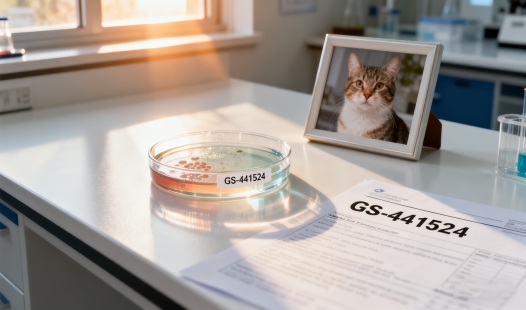
What are the differences in treatment for wet and dry FIP?
_副本_1758851753248.webp)
Common Misconceptions about FIP Treatment: Are You Avoiding Them
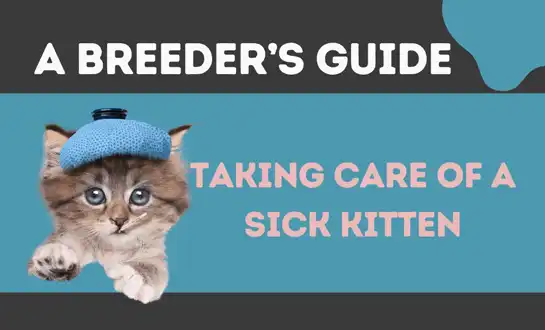
An FIP Cat's Treatment Diary: Tracking Changes Day-by-Day on GS-441524





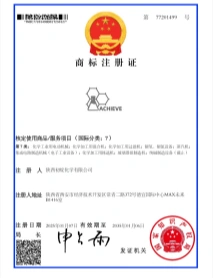


_副本_1760064950733.webp)
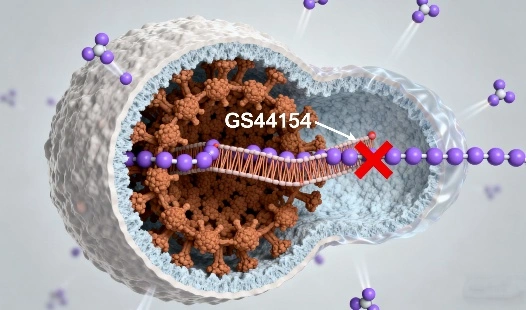

_副本_1758243222799.webp)
